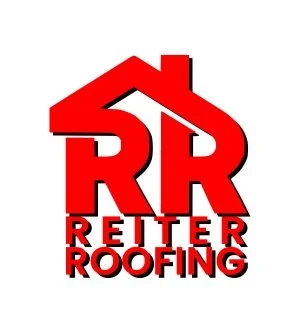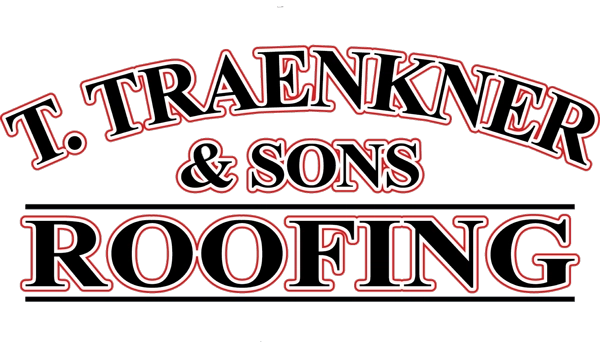Signs You May Need Gutter Guards
While gutter guards aren't always necessary, the signs of backed up gutters are clear. Issues stemming from persistent gutter problems include:
- Visibly damaged, sagging, or misaligned gutters that no longer direct rainwater correctly
- Soggy ground or visible erosion around your home's foundation
- Mold growth, interior wall stains, or peeling exterior paint on walls near gutters.
- Frequent clogs that cause overflow and water to spill over gutters
- Leaky joints or seams where water leaks from the gutters
How To Choose a Gutter Guard Installer
Assess Their Experience
Look for an experienced gutter guard installation provider that has been in business for many years and has installed various guard brands and models. These companies know how to properly measure and install gutter guards on your unique home setup. Ask how long they’ve been installing guards and request local referrals.
Verify Proper Licensing and Insurance
Always confirm your gutter guard installers are properly licensed, bonded, and have workers compensation and general liability insurance. This protects you from liability for any accidents or injuries that could occur. Ask to see current licensing and insurance papers when talking with potential providers.
Choose Reputable Brands
Look for companies that offer highly reputable gutter guard brands like LeafFilter and Gutter Helmet. Avoid companies that offer only their own off-brands or generic no-name guards, which may not have undergone rigorous quality control testing.
Seek Custom Fit Services
For the best performance, gutter guards need to be measured and fitted on-site to match your gutters. Select a company that takes custom measurements and trims guards for your house instead of using generic options. Well-fitted guards prevent debris-trapping gaps from forming.
Examine Warranties
Leading gutter guard installers are typically backed by 20-year or lifetime warranties that cover leaks, rust, clogs, and other defects. Before choosing a provider, look into its warranty terms for materials and workmanship guarantees. Warranties are the most effective way to protect your investment into your gutters.
Check Reviews and Referrals
Be sure to check online reviews on Yelp, Google Reviews, the Better Business Bureau (BBB), and other review sites to learn about customer experiences. Ask neighbors for recommendations of quality local gutter guard companies. When researching providers, we'd recommend opting for companies with consistent positive feedback instead of just one or two reviews.
Types of Gutter Guards
There are six most common types of gutter guards. These include the following:
- Brush guards are made of large brush bristles that partially obstruct your gutters, allowing water to pass through while stopping debris. Brush guards cost roughly $4.03 per linear foot.
- Foam guards are lightweight and easy to install. With this type of guard, debris lands on the foam instead of in your gutter. Foam guards cost around $2.45 per linear foot.
- Screen guards have large holes that allow water to pass through while blocking debris. Screen guards cost around $4.08 per linear foot.
- Mesh guards stop debris but allow water to flow through. Mesh guards have even smaller holes than screen guards. They're durable and let debris slide off rather than sitting on top of the gutters. On average, you can expect to spend $3.89 per linear foot for mesh guards.
- Micro-mesh guards have even smaller holes than mesh guards and allow even less debris into your gutters than mesh. These types of guards are very effective. On average, you can expect to spend $4.99 per linear foot for micro-mesh guards.
- Surface tension guards, also called reverse curve guards, use surface tension to allow water to flow into gutters while debris slides off. Typically, they will be visible from the ground. Surface tension guards cost roughly $3.01 per linear foot.













